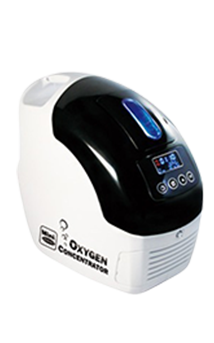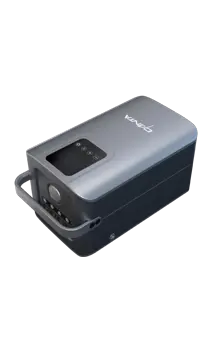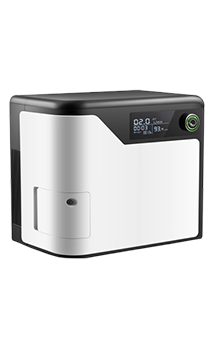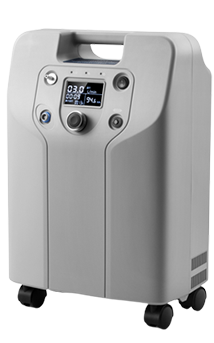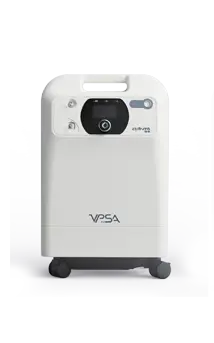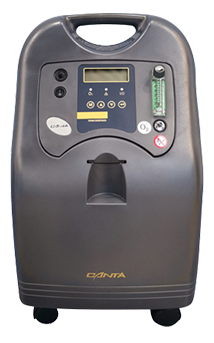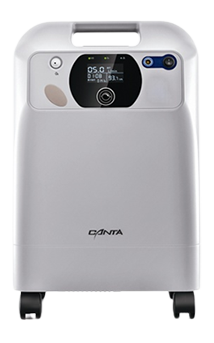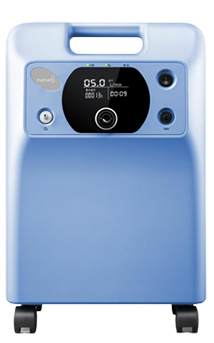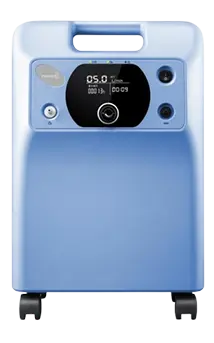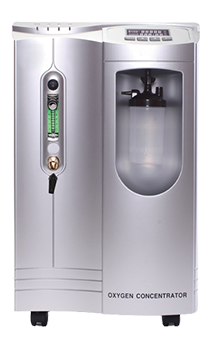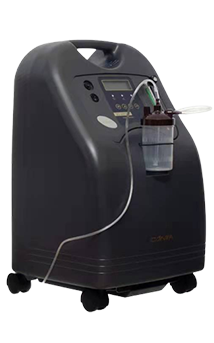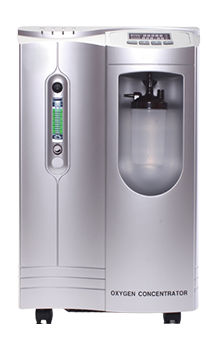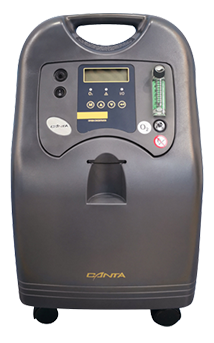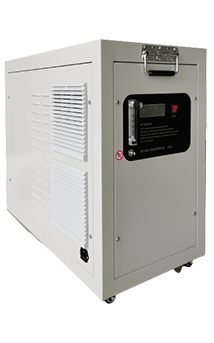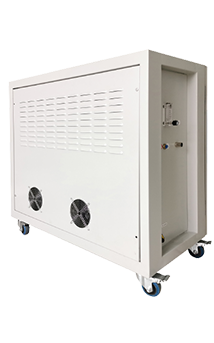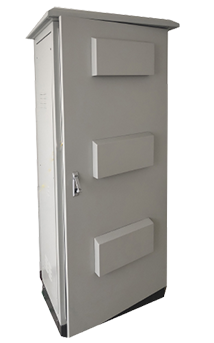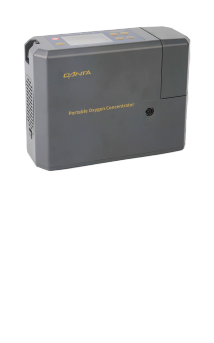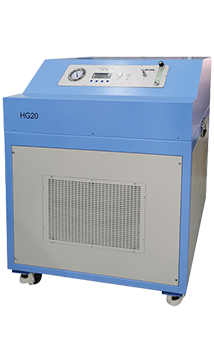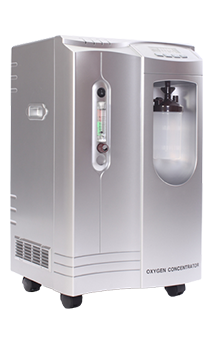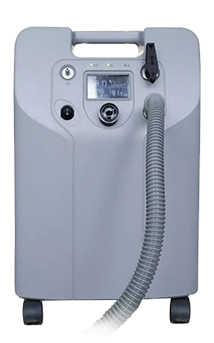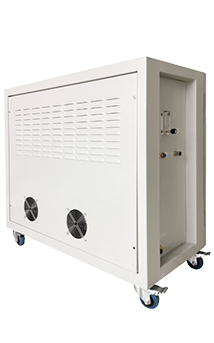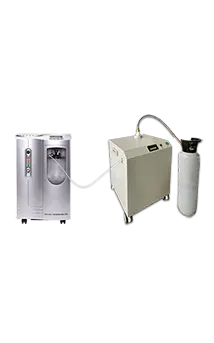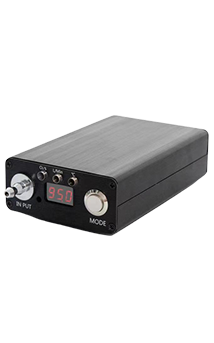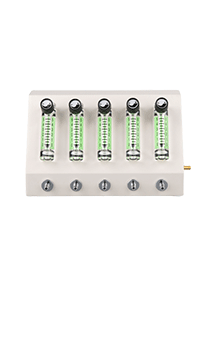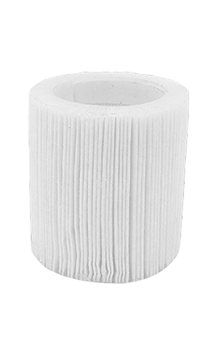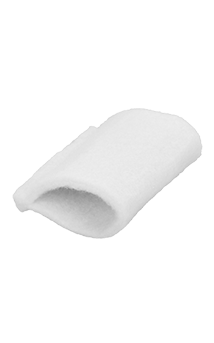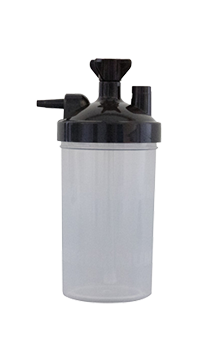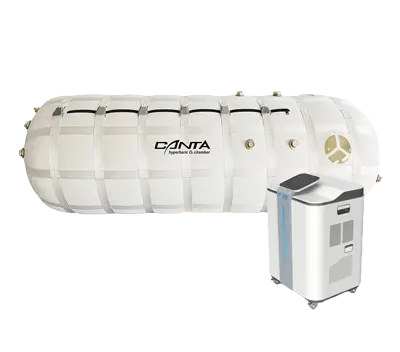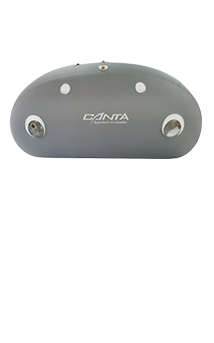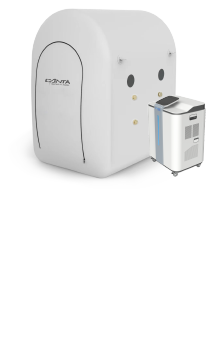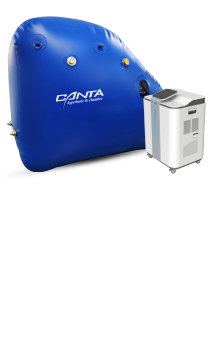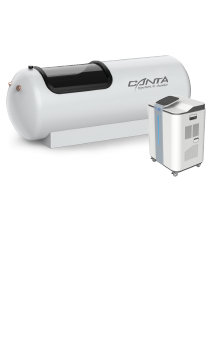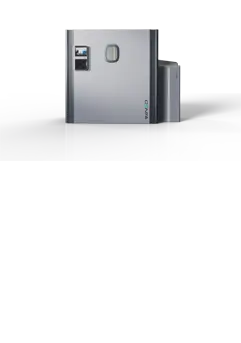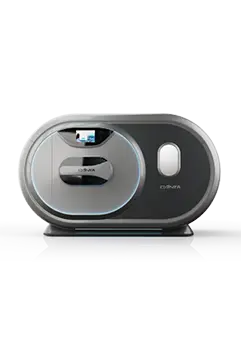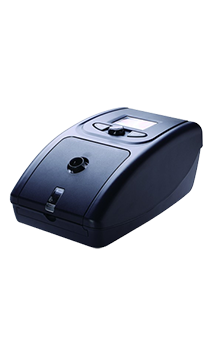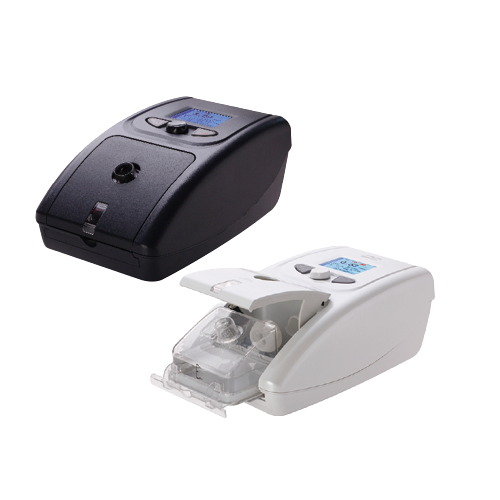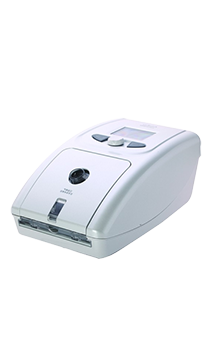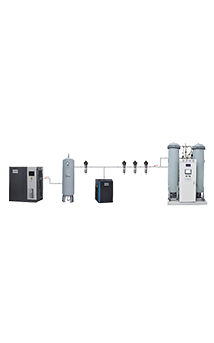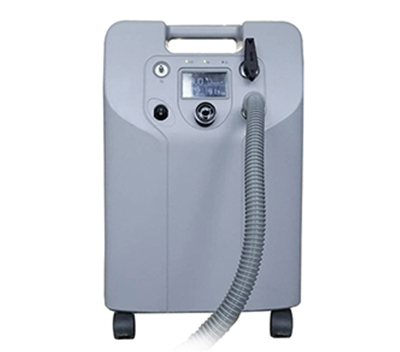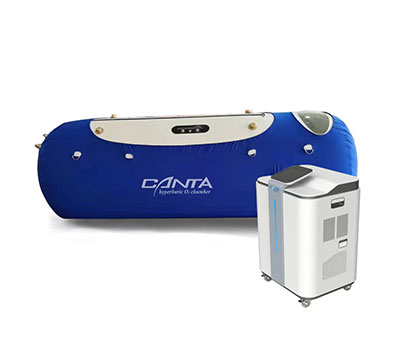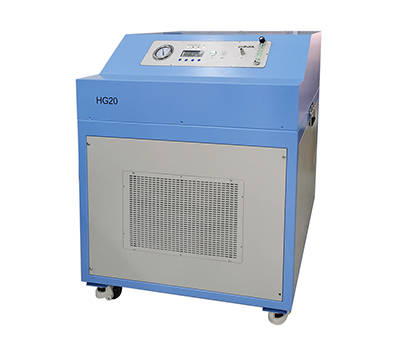With the improvement of living standards, more and more people are paying attention to their health, especially respiratory health. As an auxiliary respiratory device, an oxygen concentrator is widely used by patients who need oxygen supplementation and by health-conscious individuals. This article will provide detailed instructions on how to properly use an oxygen concentrator at home, along with precautions to ensure safe and effective use.
Basic Knowledge of Oxygen Concentrators
An oxygen concentrator, also known as an oxygen generator, is a device that extracts oxygen from compressed air and provides it to users. Unlike traditional oxygen cylinders, an oxygen concentrator can supply oxygen continuously, offering greater capacity and convenience. It is suitable for patients with chronic obstructive pulmonary disease (COPD), pneumonia, and other conditions requiring oxygen therapy. Additionally, as people become more conscious about their well-being, oxygen concentrators are increasingly used by healthy individuals to improve their quality of life.
Tips for Using an Oxygen Concentrator at Home
Proper use of an oxygen concentrator for home use is crucial. Here are some practical tips:
Installation and Setup
Before using the oxygen concentrator, carefully read the user manual and follow the manufacturer's instructions for installation and setup. Ensure the machine is placed in a well-ventilated area, away from high temperatures and humid environments.
Proper Oxygen Tubing Connection
Connect one end of the oxygen tubing to the output port of the concentrator, and the other end should be attached to your nose or mouth using a nasal cannula or mask. Ensure the connection is secure to prevent oxygen leakage.
Adjusting Oxygen Flow
Adjust the oxygen flow rate according to your doctor's advice. Oxygen levels that are too high or too low can negatively impact your health. During use, make adjustments as needed based on your comfort level.
Take Regular Breaks
Continuous oxygen therapy can sometimes place strain on your body. It is recommended to take breaks at regular intervals to allow your body to adjust. The specific duration and frequency should be determined according to your individual condition.
Regular Cleaning and Maintenance
To ensure the oxygen concentrator operates properly, clean the device regularly. This includes cleaning the oxygen tubing and filters to remove dust and debris that could affect the quality of the oxygen.
Monitor Oxygen Concentration
Some oxygen concentrators are equipped with oxygen concentration monitoring features. Users should periodically check the oxygen concentration levels to ensure they remain within a safe range.
Precautions When Using an Oxygen Concentrator
Although an oxygen concentrator provides convenience, the following precautions should be taken to ensure safe use:
Avoid High Temperatures and Humidity
Keep the oxygen concentrator away from direct sunlight and humid environments to prevent damage and ensure its proper function. The environment should remain dry and well-ventilated.
Ensure Electrical Safety
When using an oxygen concentrator, ensure that the electrical outlet meets the device's requirements to avoid overloads and short circuits. Regularly inspect the power cord for any signs of wear or damage to prevent fire hazards.
No Smoking and Avoid Open Flames
Smoking and open flames should be strictly prohibited around the oxygen concentrator. Oxygen is a combustion-supporting gas, and exposure to flames during oxygen therapy can lead to fires.
Regular Medical Check-ups
Long-term oxygen concentrator users should undergo regular medical check-ups, especially lung function tests, to ensure that oxygen therapy remains safe and effective.
Follow Doctor's Guidance
Always follow your doctor's instructions when using an oxygen concentrator. Regular follow-ups with your healthcare provider are essential to monitor your condition and adjust your treatment plan if necessary.
By following these tips and precautions, you can use your oxygen concentrator more effectively, improve your respiratory health, and better manage your overall well-being.
 EN
EN  ja
ja  ko
ko  fr
fr  de
de  es
es  it
it  ru
ru  pt
pt  ar
ar  tr
tr  th
th  da
da  fa
fa  pl
pl  ro
ro  hu
hu  el
el  af
af 
